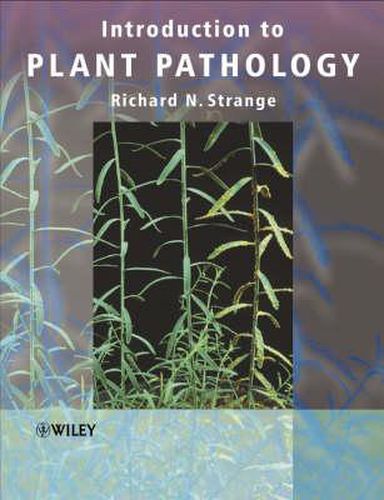Readings Newsletter
Become a Readings Member to make your shopping experience even easier.
Sign in or sign up for free!
You’re not far away from qualifying for FREE standard shipping within Australia
You’ve qualified for FREE standard shipping within Australia
The cart is loading…






This invaluable resource introduces the eleven types of organism that cause plant disease, ranging from higher plants to viroids and describes examples of cash and staple crop diseases that have caused human catastrophes. Early chapters cover serological and molecular techniques for the diagnosis of plant pathogens, epidemiology, methods for estimating disease severity and its effect on crop yields and techniques for limiting inoculum. Later chapters are concerned with colonisation of the plant and symptom development and the underlying biochemical and genetic factors that control these events. Finally, the control of plant disease using a variety of techniques including genetic modification is discussed. * Modern diagnostic techniques * Epidemiology and the measurement of disease severity * The biochemistry and molecular biology of plant disease * Control through cultural, biological, genetic and molecular techniques * A wealth of examples and applications including full colour photographs
$9.00 standard shipping within Australia
FREE standard shipping within Australia for orders over $100.00
Express & International shipping calculated at checkout
This invaluable resource introduces the eleven types of organism that cause plant disease, ranging from higher plants to viroids and describes examples of cash and staple crop diseases that have caused human catastrophes. Early chapters cover serological and molecular techniques for the diagnosis of plant pathogens, epidemiology, methods for estimating disease severity and its effect on crop yields and techniques for limiting inoculum. Later chapters are concerned with colonisation of the plant and symptom development and the underlying biochemical and genetic factors that control these events. Finally, the control of plant disease using a variety of techniques including genetic modification is discussed. * Modern diagnostic techniques * Epidemiology and the measurement of disease severity * The biochemistry and molecular biology of plant disease * Control through cultural, biological, genetic and molecular techniques * A wealth of examples and applications including full colour photographs